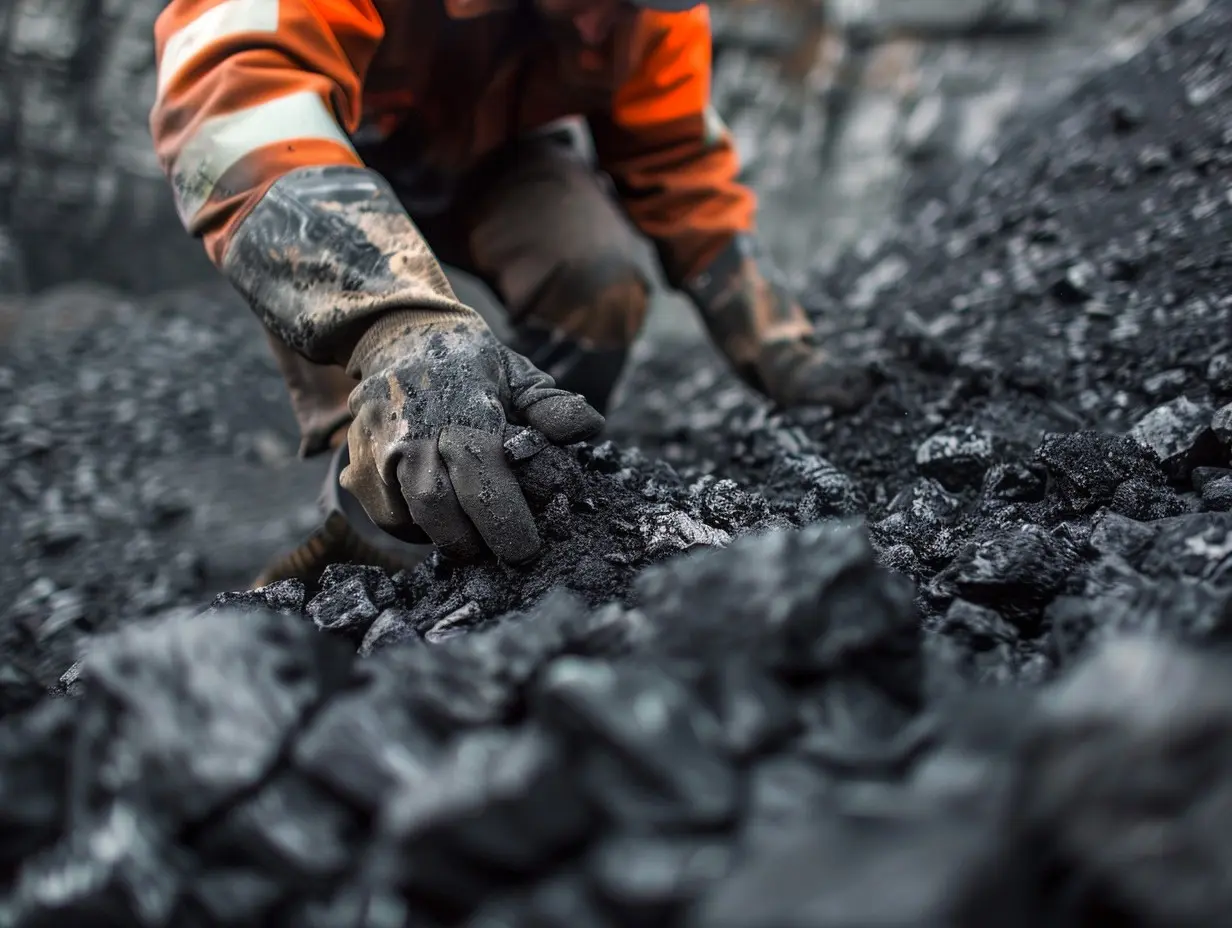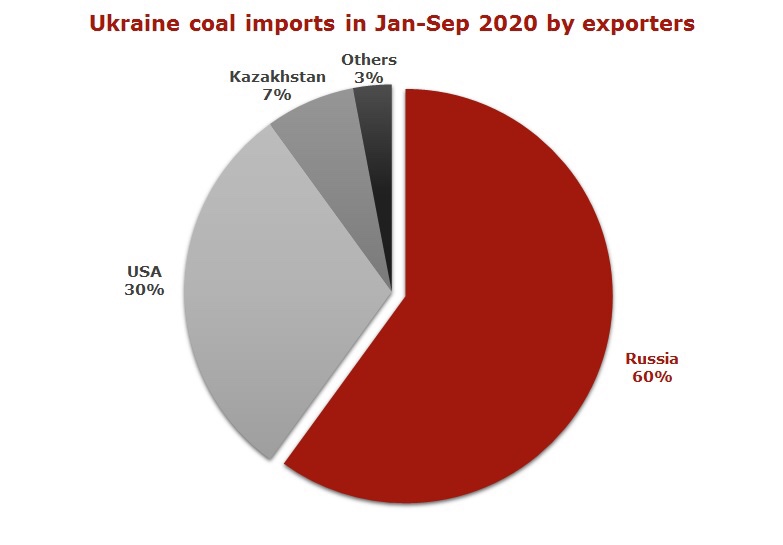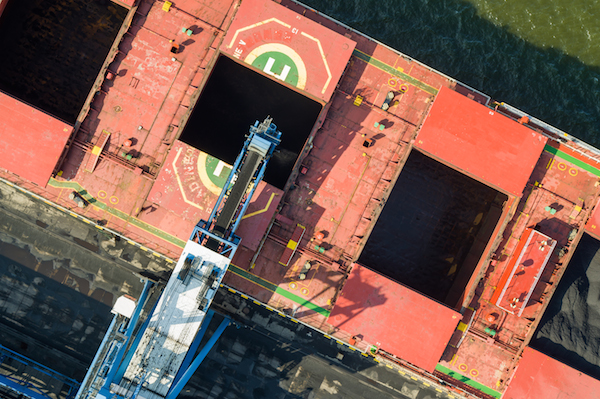

Over the past week, сoal prices in the European market fell below 113 USD/t.
Pressure on prices was caused by the growth of renewable generation in Europe. Thus, in German power mix renewables’ share rose to 70% compared to 61% a week earlier. Hard coal’s share was less than 6%, up from 8% a week ago. As of September 11, coal stocks at ARA terminals declined to 4.15 mio t (-0.60 mio t w-o-w).
Gas prices showed volatility during the week amid concerns over Hurricane Francine potential damage.
Originated in the Gulf of Mexico, it could affect LNG capacity in Louisiana, USA, where several plants are located. However, the hurricane bypassed key facilities, including Cheniere Energy Inc’s Sabine Pass, the largest U.S. export terminal.
South African High-CV 6,000 slumped below 107 USD/t. Quotations have been under pressure since mid-August due to reduced demand from Indian sponge iron producers, which in turn is caused by the monsoon season, increased low-cost steel imports from Vietnam, and sufficient coal supply in the market.
According to a number of Indian consumers, production becomes unprofitable at prices above 100 USD/t FOB South Africa, and in the absence of growth in steel and cement demand in the near future, they expect further decline in coal prices.
Last week, there was a weak strengthening of quotations in China domestic market. Prices were supported by lower production due to heavy rains, increased safety inspections at mines, higher demand from consumers ahead of the national holidays on October 1-7, and maintenance of a number of railroad lines used for coal transportation in Shanxi province.
Prices for 5,500 NAR coal at the port of Qinhuangdao edged up 1.24 USD/t to 118.96-120.37 USD/t. Inventories at 9 major ports totaled 22.98 mio t (-0.47 mio t w-o-w).
Indonesian High-CV prices remained within the range of 91-92 USD/t. Indonesian Low-CV market was supported amid an increase in tender purchases from Chinese consumers, who were trying to close deals ahead of the national holidays on October 1-7.
Moreover, market participants were trying to assess the impact of typhoon Yagi, which hit the southern provinces of China on September 6 (a number of ports on the southern coast were closed, which affected the reception of ships), and then moved towards Vietnam.
On September 7, Vietnam was forced to temporarily stop or shut down 10 coal-fired power plants in the north of the country as the typhoon hit Quang Ninh province, where thermal power plants are located. For 74% of the population electricity was cut off.
Australian High-CV 6,000 declined below 140 USD/t amid rising supply.
After a sharp decline a week earlier, Australian HCC metallurgical coal quotations stabilized at around 181-182 USD/t amid growing demand from Chinese buyers.
According to market participants, current price levels now are more competitive compared to domestically produced material.
However, fundamental factors, such as oversupply and lower steel prices remain in place. Indian consumers are still taking a wait-and-see approach.
Australian PCI coal prices are under pressure from cheaper domestic Shanxi coal, as well as lower demand from European steel producers.
Source: CCA Analytics












